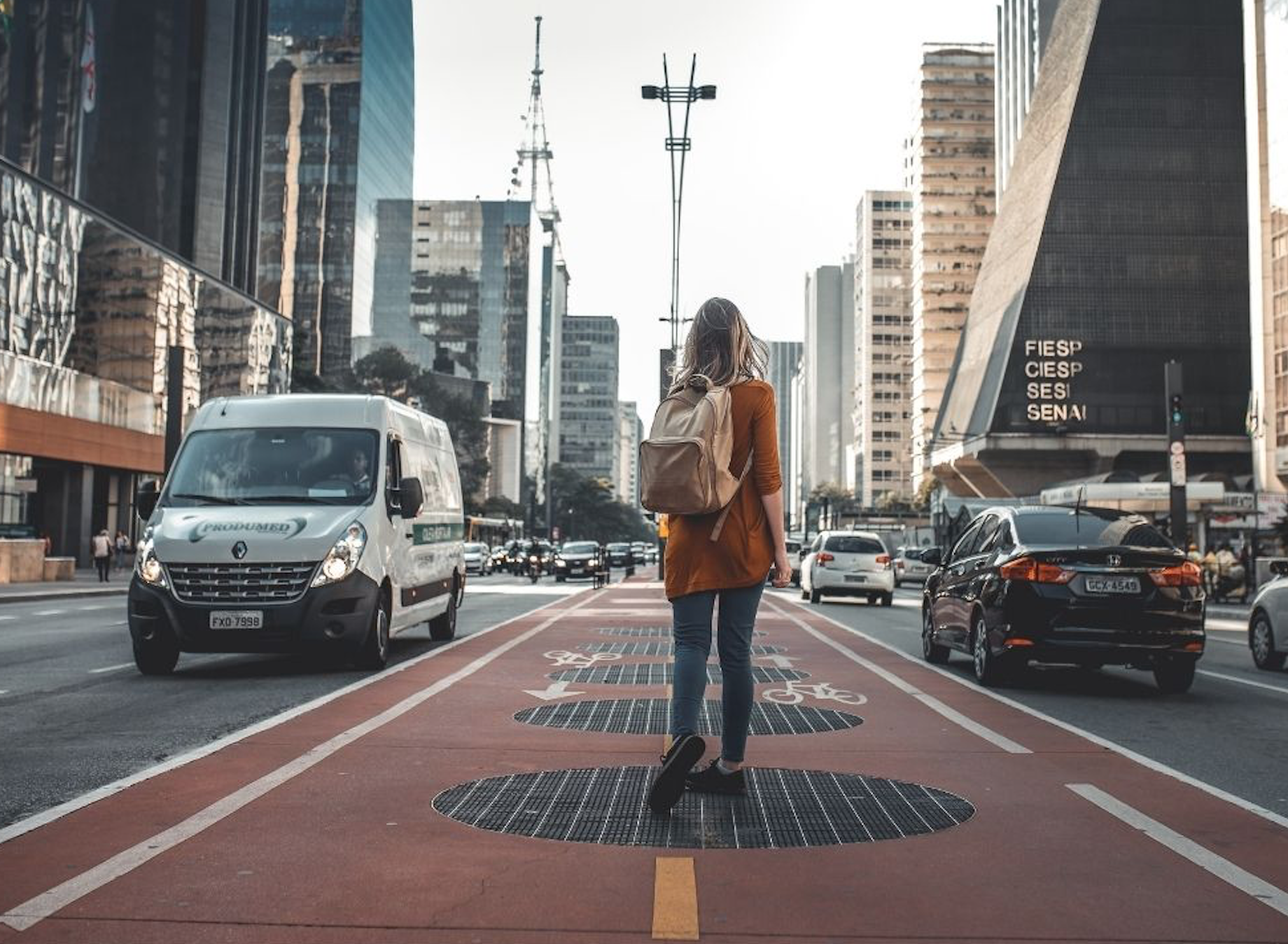The 15-Minute City Project believes that everyone living in a city should have access to essential urban services within a 15-minute walk or bike.

This article was originally published by Allwork.Space.
Research has shown that commuting times in any city – London, Sydney, New York – are all about between 45 minutes to an hour on the way to and from work each day.
It’s increasingly evident that the pandemic spurred on a shift in companies’ attitudes to flexible working. Hybrid and remote work models are the norm and may even expand further in future. During the pandemic, the idea of the 15-minute city has been popularized.
The Executive Centre (TEC) and Standard Chartered Bank found that around 75% of their employees wanted greater workplace flexibility. SpaceWorks has said that suburban flexible workspaces are key to success for the 15-minute city concept.
For companies to successfully transition towards flexible working practices, they need to understand their business priorities, and then interview and collaborate with their employees, seek external consultations from multiple industry partners, and understand where their operations need to be geographically and how the occupants will use that space, according to The Executive Centre.
What is the 15-minute city?
The 15-Minute City Project believes that everyone living in a city should have access to essential urban services within a 15-minute walk or bike. The 15-Minute City Project is designed to make sure that access – not mobility – guides urban planning decisions.
This isn’t to say central business districts areas will die, but the way people commute will change in future. Workers will still have to go into the city every now and then, but not necessarily on a daily basis.
The idea of the 15-minute city isn’t new to urban planning; it derives from an old history of designing cities around people rather than cars.
The concept idealizes that cities should center future planning on ensuring car-free access to basic necessities like healthcare, food, schools, and employment within 15 minutes of where people live, either on foot or by bicycle.
Long drives and train/bus delays could become things of the past as companies shift to hybrid ways of working after the pandemic. The ability to work from flexible workspaces or remotely means the concept of the 15-minute city might be closer than ever to becoming a reality.
Within this concept, the city is decentralized; it becomes a conglomerate of villages, each with its own car-free green spaces, homes, mixed-use spaces, and flexible workplaces.
Will the 15-minute city become a reality?
As businesses recognize the need to be where workers already are, rather than expect staff to come to them, the demand for flexible workspaces in suburban locations is gaining traction.
Cities like Portland, where the 20-minute neighborhood has been a planning concept since 2010, and Austin, are both seeing firms set up workspaces in suburban locations instead of city centers in order to offer employees and local residents a 15-minute lifestyle.
Seattle’s Office of Planning and Community Development has announced that it is exploring the 15-minute city concept as a potential framework for its roadmap for the future. New York mayoral candidate Shaun Donovan has made the 15-minute city a key focus of his candidacy.
“People have been proven in recent months to be just as effective and productive [away from company HQs] – not just at home, but also in offices around the corner. Just when local cities and towns seemed to be dying, COVID-19 may have come along and saved them. People want to work close to where they live. It’s going to stick,” said International Workplace Group CEO Mark Dixon.
In a survey of workers by IWG, 77% of respondents said a place to work closer to home would be necessary for their next job move.
Any large city that is highly dependent on highway commutes and suburbs and is known for traffic jams will be hardest to convert to a walkable city.
Benefits of a 15-minute city
- There are both mental health and environmental benefits of a walkable city.
- Dormitory towns that previously emptied during the day could become vibrant communities, which would have environmental benefits because carbon emissions would be reduced.
- A shorter commute (or none at all) means more time at home with family and less time in traffic commuting to the workplace.
What does the future look like?
- Remote working should sustain and even expand since it’s less expensive for the business and more appealing for the worker. If that’s the case, mid-sized hubs will thrive.
- The 15-minute city idea stems from “chrono-urbanism,” which reimagines how city dwellers spend their time, promoting a slower, healthier pace of life. The 15-minute cities of the future will have the opportunity to continue to grow because of the quality of life they create.
- Streets without cars might be the norm. This means less noise and air pollution, more free time not spent commuting to workplaces, and tighter knit communities.


